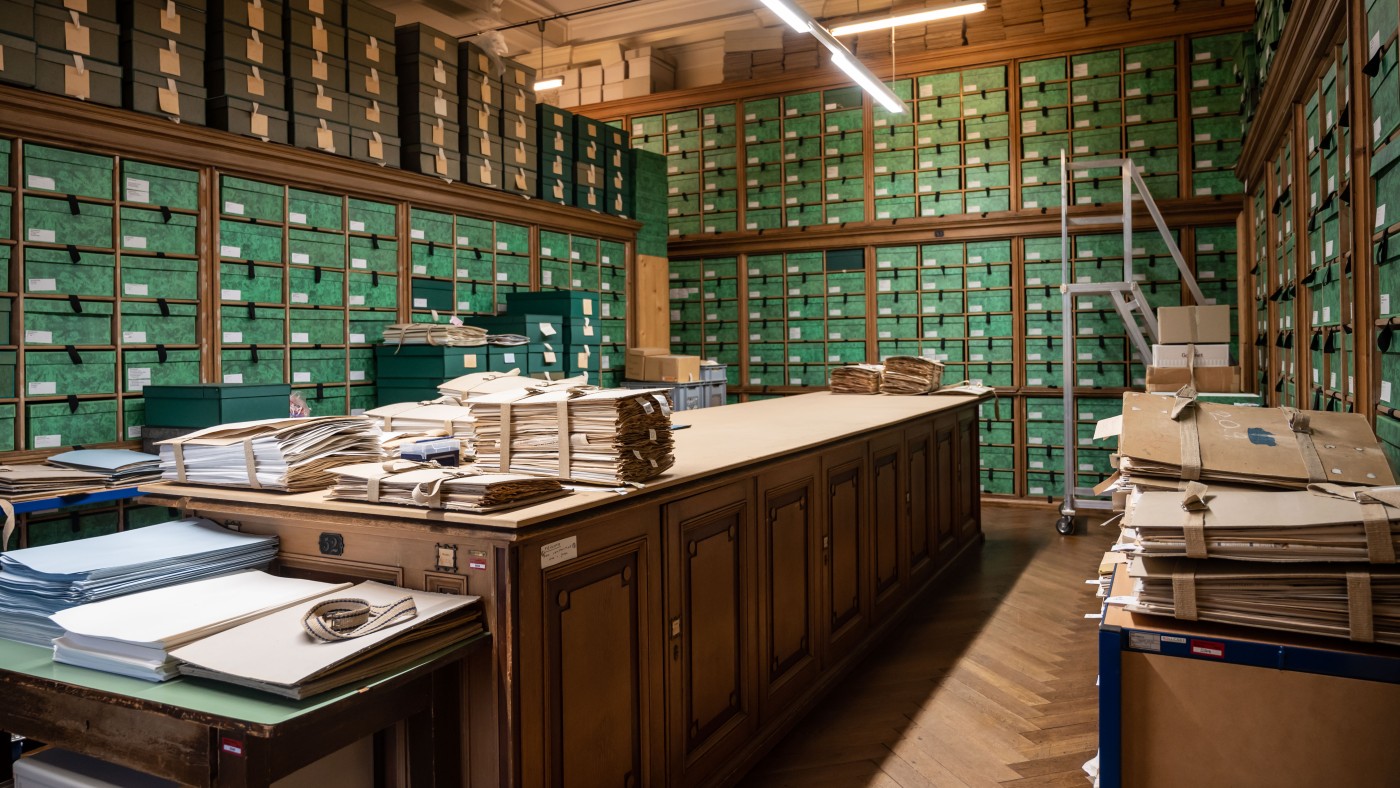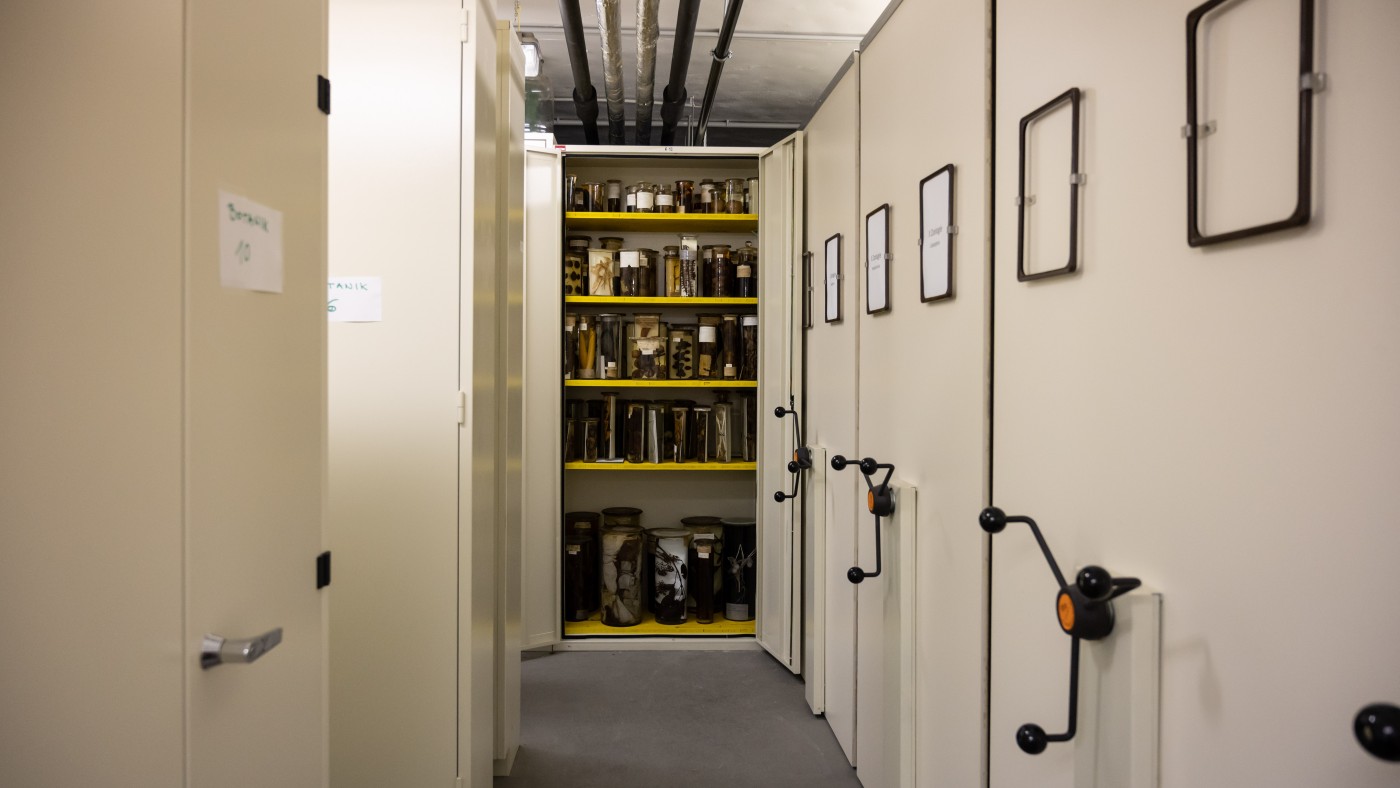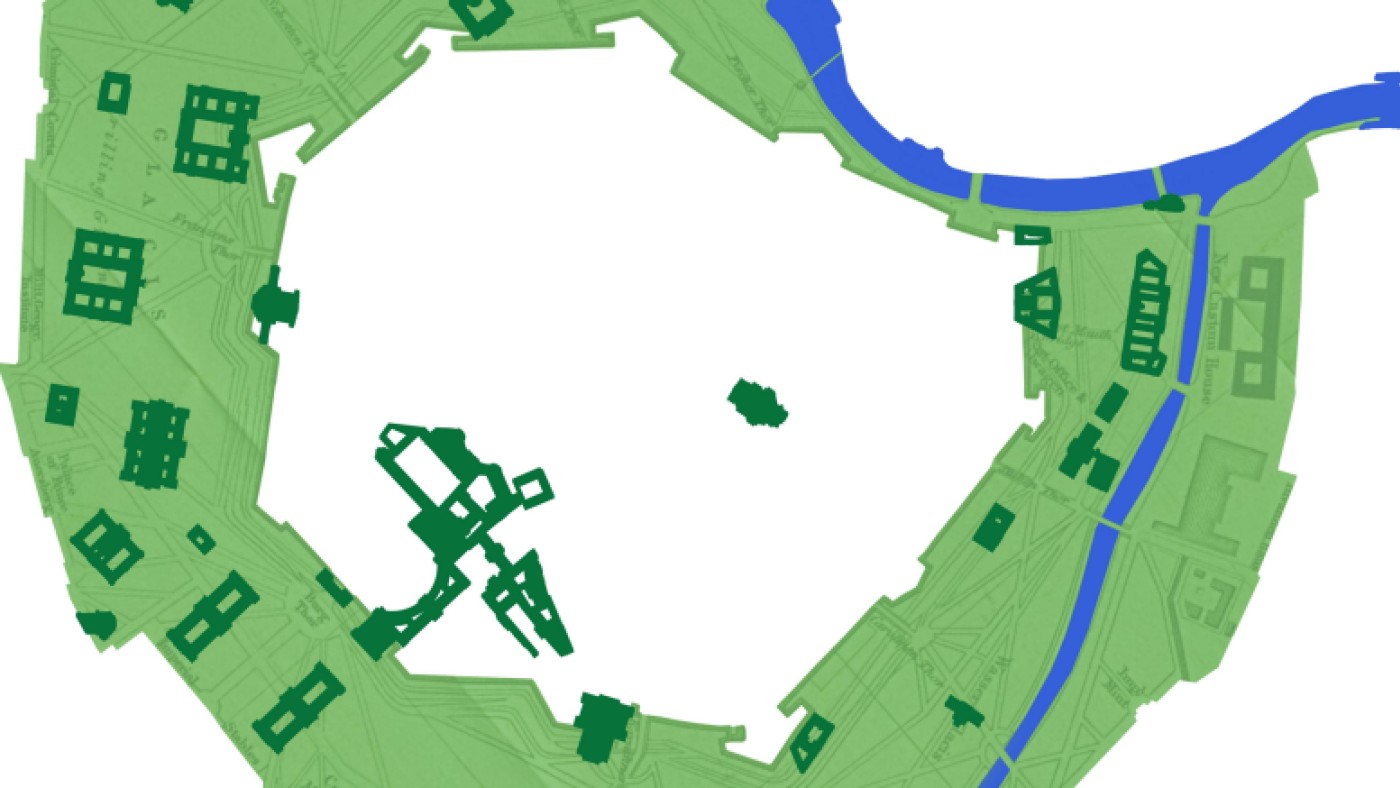A new house of botany
Architectural designs by students of the TU Vienna
from 08. May 2024
temporary special exhibition in Hall 21
Plants play a decisive role for life
on Earth and, accordingly, that of all humans: we breathe, eat, dress, and relax – none of these would be possible without
plants.
For centuries, museums and universities have been collecting plants, fungi, lichens and other
botanical organisms in scientific collections, the so-called herbaria, which represent a unique and constantly growing archive
of nature.
Plants are usually pressed and dried for this purpose, which preserves them permanently.
With around 5.5 million objects from all over the world, the herbarium of the Natural History Museum Vienna is one of the
10 largest and most important botanical collections in the world. Founded in 1807 as an imperial collection, the collection
looks back on a long and eventful history that is closely interwoven with the University of Vienna.
While
the collections were originally used to document finds or as comparative material for scientific research, technological progress
has opened up numerous further possibilities for using the collections to answer current questions. New species are discovered
and taxonomically described on the basis of the material, chemical analyses lead to the development of new medicines, DNA
sequencing allows deep insights into relationships, and distribution data makes it possible to investigate the impact of global
warming and the biodiversity crisis.
In order to bring this social responsibility to perfection, the
Natural History Museum Vienna and the University of Vienna share a common vision: to unite the collections into one of the
largest in the world – a new House of Botany in the city center of Vienna, as a globally important place of research and knowledge
transfer.
Students of the Vienna University of Technology under the direction of Dr. Gerhard Schnabl
and Prof. Pier Paolo Tamburelli have taken on this design challenge and analyzed the former Vienna Glacis, the area in front
of the former city wall along today's Ringstrasse and Zweierlinie, and developed open space design concepts and architectural
designs for the new House of Botany.
The designs – which are also illustrated using three-dimensional
architectural models – will be on display in a special exhibition in Hall 21 at the Natural History Museum from May 8 to 30,
2024.

The botanical department of the NHM Vienna houses about 5.5 million plants and fungi from all
over the world (c) NHM Wien; Christina Rittmannsperger

The largest part of the collection consists of pressed, dried plants, the herbarium specimens,
which are stacked and sorted by species (c) NHM Wien; Andreas Berger

Plants preserved in alcohol in the deep storage facility at the NHM Vienna complete the collection
(c) NHM Wien; Christina Rittmannsperger

For the Glacis, the area in front of the former city wall, students from the Vienna University
of Technology developed open space concepts and architectural designs for a House of Botany (c) TU Wien

